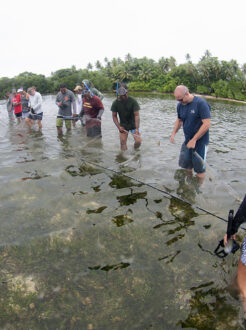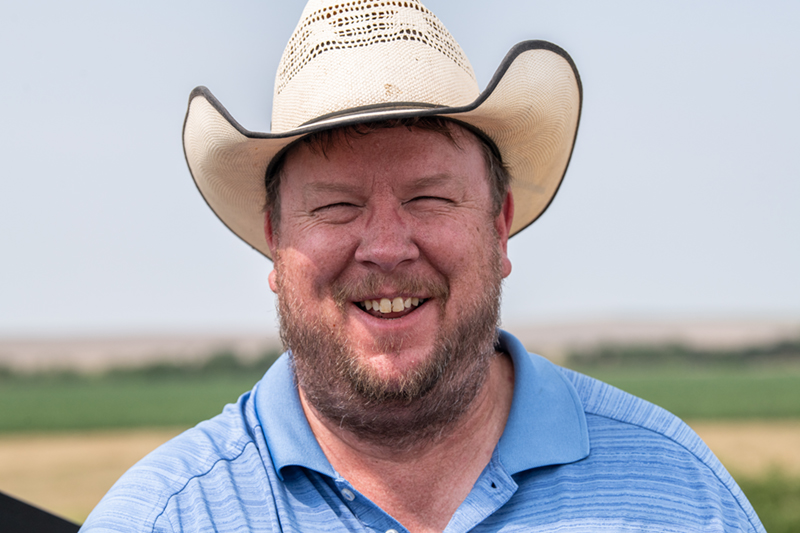
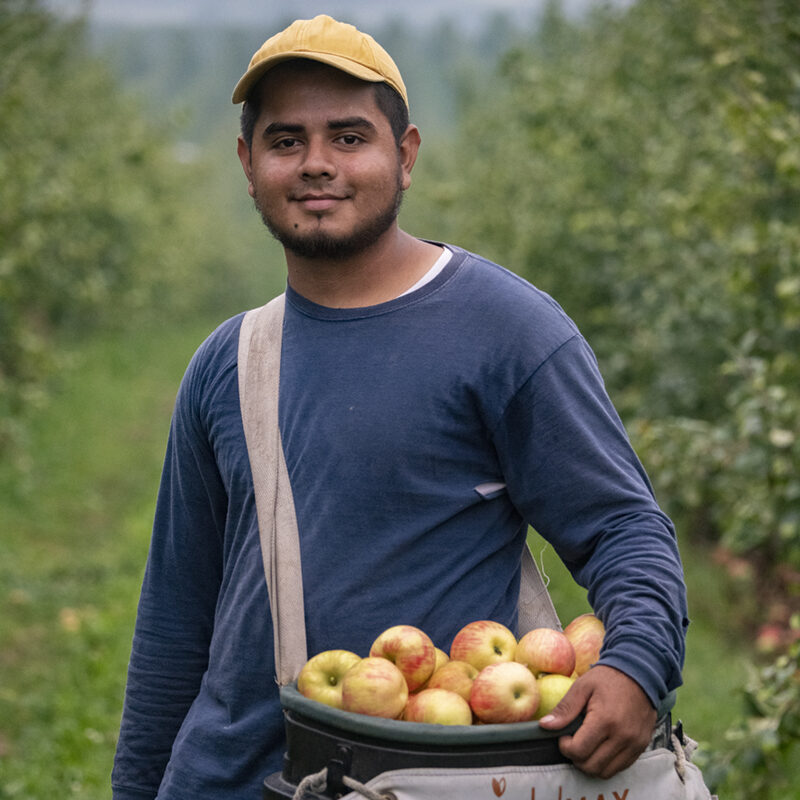
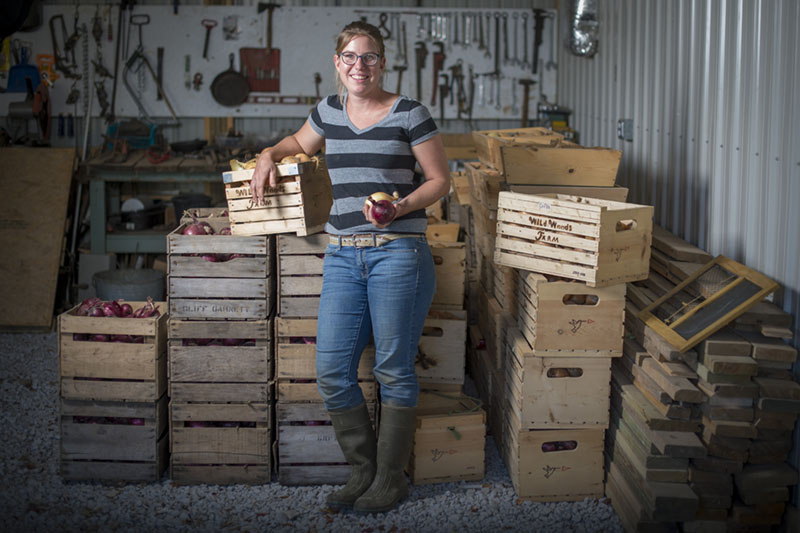
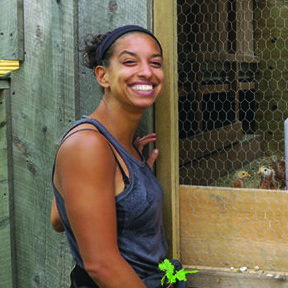
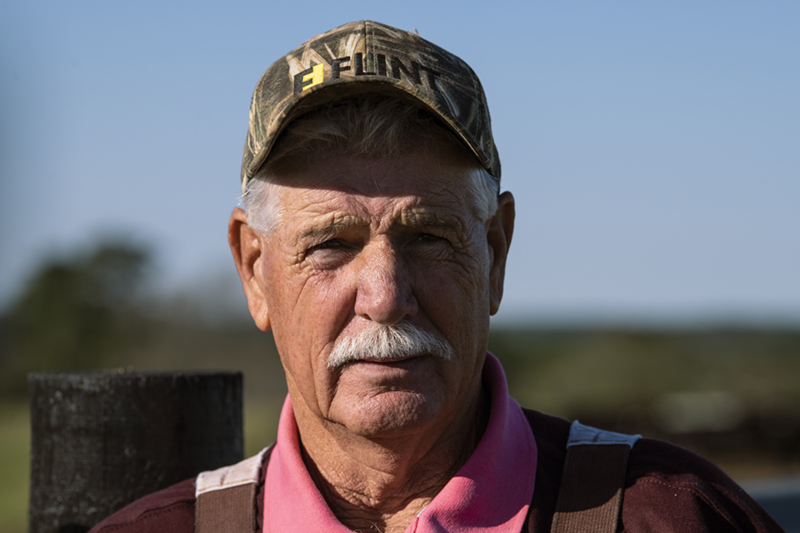
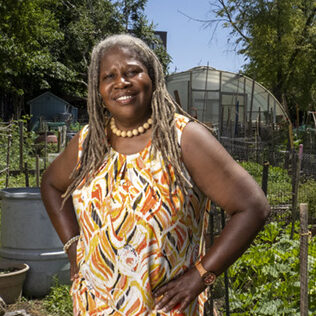
When Nfamara Badjie, Dawn Hoyte and other family members started Ever-Growing Family Farm in Upstate New York in 2014, they had an improbable vision: that they could grow rice well enough to allow at least one of them to eventually leave their off-farm job and work full time on the farm. Rice is a nearly unheard-of crop for the state, but it’s one Badjie had grown as a subsistence farmer in his native Gambia. It was important to them to preserve Badjie’s cultural heritage and values, and to bring close family members into the operation. After seven years of experimenting with different rice varieties and growing practices, they’re still on their journey but have made great strides.
In recent years, Badjie successfully adapted rice growing techniques used by the Jola people of west Africa, the ethnic group to which he belongs, to the New York climate. At the same time, Badjie and Hoyte have drawn on support from the local community. For example, using a SARE Farmer grant (FNE19-933), they collaborated with Erika Styger, a Cornell University tropical agronomist, to conduct field research that showed the Jola planting system could produce consistent crops in New York’s short growing season more cheaply and effectively than other systems used in the region. Guided by another experienced rice grower, they’ve added ducks to their paddies for weed control, which they manage organically. They’ve also developed a customer base from a community-supported agriculture (CSA) program they used to run before turning their full attention to growing rice, and they used a GoFundMe campaign—an online platform for crowdsourced fundraising—to buy much-needed processing equipment.
Badjie and Hoyte’s story illustrates a truly sustainable approach to operating a farm because it equally emphasizes environmental, economic and quality of life goals. Personal values and social networks have been just as integral to their early success as the financial or production decisions they’ve made.
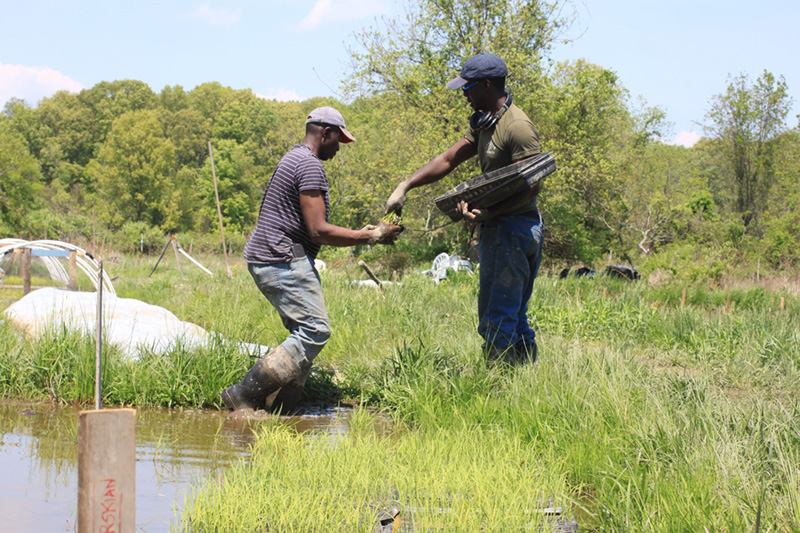
The purpose of this bulletin is to draw special attention to social sustainability in agriculture. It describes how we can think of social sustainability, outlines some of the most pressing personal and social challenges facing all of us who are engaged in agriculture, and offers some suggestions for how we, like Badjie and Hoyte, can begin to make ourselves, our employees, our families and our communities more prosperous, resilient and sustainable.
Over the years, most sustainable agriculture research has focused primarily on environmental stewardship and profitability. As a result, farmers and ranchers now have many well-established practices such as grazing, cover crops, crop rotation and conservation tillage to address environmental concerns such as soil erosion, water quality and pesticide use: the very problems that gave rise to the sustainable agriculture movement. Similarly, 30 years of SARE-funded and other research have addressed economic challenges facing farmers, leading to the development of numerous alternative strategies such as direct marketing, value-added processing and CSAs.
During this time, however, quality of life and social sustainability issues have received considerably less attention, in part because it’s long been assumed that quality of life is implicitly tied to stewardship and profitability. That is, it was assumed that if farmers and ranchers meet environmental and economic goals, a high quality of life for themselves and their communities would naturally follow. At the same time, many people simply don’t want to talk about the personal, household and family issues that affect quality of life.
Yet, trends in agriculture reveal that quality of life issues require special attention. Farms and ranches that we may consider economically and environmentally sustainable can be threatened by challenges such as aging farmer populations, capital-intensive production, consolidation of farms, shrinking rural communities, personal isolation, long-standing inequities for farmers of color and those with limited access to resources, and major disruptions brought on by such events as extreme weather related to climate change, pandemics and market fluctuations. At the same time, as more diverse populations enter agriculture and as stronger ties form between urban/suburban communities and their farmers, quality of life issues will create new challenges and opportunities.
While Badjie and Hoyte prioritize environmental stewardship and financial success, the example of Ever-Growing Family Farm shows that quality of life goals and social strategies can in fact be the critical drivers of success.
What is Social Sustainability?
The three broad, overlapping pillars of sustainable agriculture are economic, environmental and social. We can think of social sustainability as the “people side” of agriculture. Farmers and ranchers are experts at addressing crop and livestock needs and at providing an abundant food supply, and they can do so in a way that sustains natural resources and farm finances. Still, there are many ways to improve the quality of life for all the individuals who contribute to food production—farm owners, managers, agricultural workers and many others—and to maintain vibrant and resilient agricultural operations, communities and food systems.
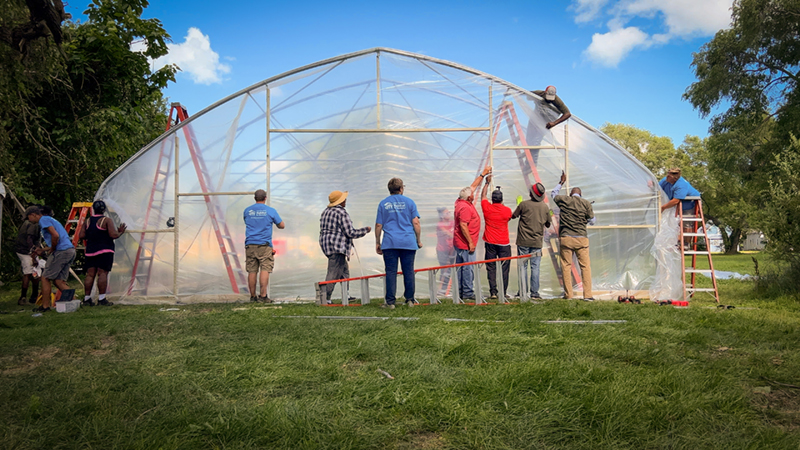
For example, your farm may have healthy soil and a solid bank account, but if you don’t have a plan for farm succession, what will happen to your farm? How will you pass on the farm? If you’re not physically healthy, how will you be able to maintain your operation? If you don’t have access to the skills and resources you need to innovate and develop resilience to a multitude of risks—from pest outbreaks or climate change to market fluctuations or disagreements with your family—how will your operation survive these challenges?
Here are some specific ways that rice farmers Badjie and Hoyte prioritize quality of life and social sustainability in both their business and their personal lives:
- They base all their farm decisions on a vision that’s informed by strong personal and cultural values.
- They seek out opportunities by engaging with their community, including with local consumers, technical experts and their farmer peers.
- They are entrepreneurial in that they identified a niche product that has a strong market and is adaptable to climate change, and they used careful research to determine how best to grow it.
- They look after their own health by making smart investments in time-saving machinery.
- They get great personal satisfaction by sharing their cultural heritage with customers and by preserving it for future generations.
For this bulletin, social sustainability, as it relates to sustainable agriculture, is explored around five interrelated themes. Giving equal attention to these social and quality of life issues significantly increases the chances that you’ll want to continue farming, thereby helping to sustain agriculture across generations and throughout communities. They are:
Social justice, equity and inclusion. While a precise definition of social justice can be difficult to arrive at, it generally represents a communal effort to move society away from the inequities that underserved groups experience and toward a more equitable society. Equity means providing everyone with access to the benefits of society based on their needs, such as land, capital and knowledge. Inclusion means inviting everyone to the table to identify and solve problems and to share in opportunities in a manner that values all voices and contributions.
Pathways for the next generation. Preparing farm families, households and the land for the next generation of farmers and ranchers is key to maintaining healthy farms and healthy rural communities. Addressing the challenges involved in farm succession, such as business continuity, retirement, estate planning, land transfer and interpersonal dynamics, helps ensure that farmland and ranches will successfully pass on to the next generation. At the same time, beginning farmers need considerable support—access to resources, mentors and affordable land—in order to overcome the many difficulties they’ll face in the early years.
Health and wellbeing. Farmers and ranchers face many physical and mental health risks, from the physical dangers of their daily tasks to the long work hours and the pressure to continue working even when tired, in pain or under stress. Farmers also have specific needs that affect their quality of life, including work/family balance, strong social support, good health and wellbeing, and active social and professional relationships. Identifying and addressing ways to minimize health risks and to support access to good health help optimize overall wellbeing in farm families and communities.
Community connections. Community connections are critical for farmers and are an extended aspect of health and wellbeing. Are you connected to other farmers? To the community at large? How do you use these relationships to better your farming operation and provide yourself with feelings of connection, satisfaction and belonging? Are you able to “give back” to your community on a regular basis or in times of need?
Entrepreneurship as an engine for innovation and adaptation. Entrepreneurship is more than just economics and business. Entrepreneurship encompasses a wide range of traits, including vision, innovation, leadership and the capacity to adapt, particularly during periods of change and stress. Put simply, farmers are entrepreneurs and need to be supported as such for long-term sustainability of farms and ranches.
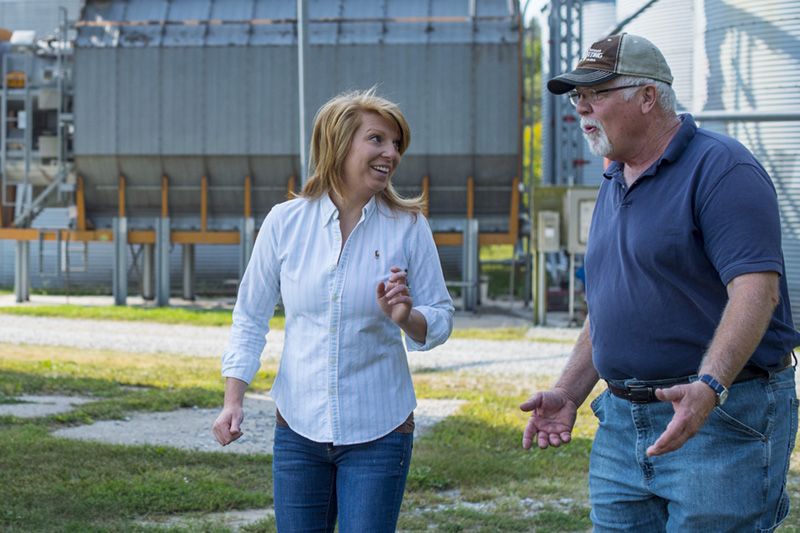
Audience and Limitations
The “social” in social sustainability refers to relationships, both the face-to-face ties between people and the more distant connections forged in the food system. When we think about social sustainability in agriculture, there are different levels of relationships to consider, such as:
- Personal and household: Farmer/rancher self-regard and relationships within the household
- Farm or ranch level: Relationships among farmers/ranchers, employees, interns and service providers
- Local community: Ties between farmers/ranchers and the communities to which they belong (includes both non-farm communities and shared cultural identities)
- Agrifood network: Ties between farmers/ranchers, their peers, their customers and their suppliers, lenders and service providers
- Society at large: How farmers/ranchers influence public policy and society’s views of agriculture, food and sustainability
This means that the factors influencing social sustainability are vast, and some may seem beyond our ability as individuals to influence because doing so would require an investment from many people who are engaged throughout our social, political and economic institutions. But this isn’t necessarily the case. The focus of this publication is on sharing some of the common ways that we, both farmers and agricultural service providers, can work at the individual, farm and community levels to make positive changes to our food systems and society.

